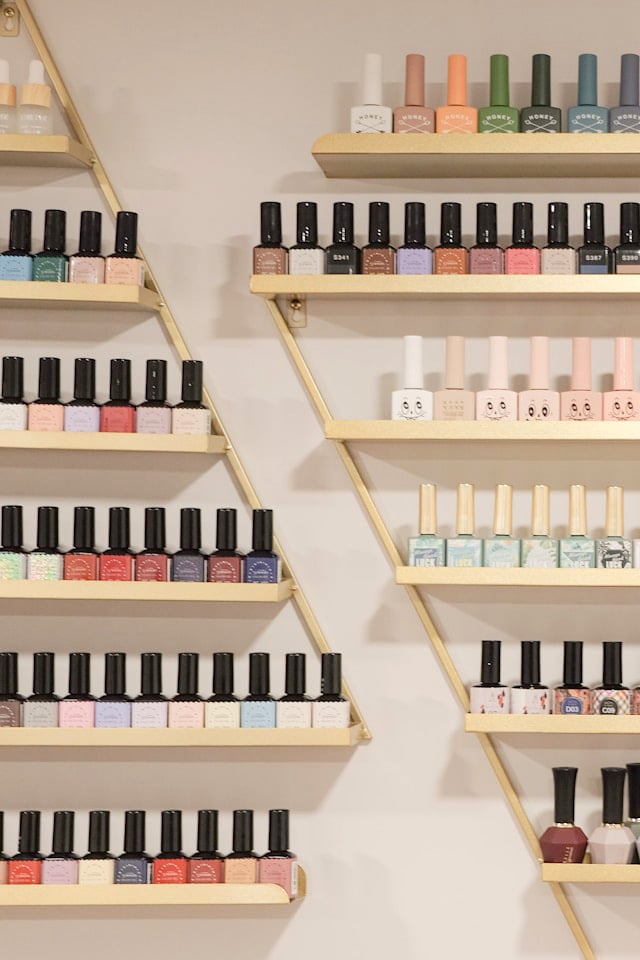Nail polish has become an essential part of many people’s beauty routines, adding a touch of color and personality to their look. With an array of shades and finishes, from bold reds to shimmering sheers, nail polish reflects both personal style and cultural trends. But have you ever wondered about the journey your favorite bottle of nail polish takes before it ends up in your hands? This article delves into the intricate and captivating process of nail polish manufacturing, from the raw materials to the final product.
Raw Materials
The creation of nail polish begins with the selection of various raw materials, each playing a crucial role in the final product’s performance and appearance. Solvents are one of the primary ingredients, responsible for the liquid consistency that allows for easy application. Common solvents include ethyl acetate and butyl acetate, which evaporate quickly, leaving behind a smooth, dry film.
Film-forming agents are another critical component. These substances, such as nitrocellulose, create the durable, glossy layer that we associate with polished nails. Resins and plasticizers are added to enhance flexibility and adhesion, preventing the polish from chipping and ensuring it adheres well to the nail surface.
Colorants bring life to nail polish. These can be pigments or dyes, and the combination of these colorants determines the wide range of available shades. For those who prefer a subtle, understated look, sheer nail polish is formulated with fewer pigments, offering a translucent finish. Additives like UV stabilizers protect the polish from discoloration due to sunlight, while thickeners adjust the viscosity for a perfect application.
The Manufacturing Process
Once the raw materials are ready, the manufacturing process begins with mixing and blending. The ingredients are combined in precise proportions to achieve the desired consistency and performance. This step requires careful control to ensure the mixture is uniform and free from lumps or inconsistencies.
Color matching and testing are essential parts of the process, particularly when creating new shades. Manufacturers often use advanced equipment to ensure the color remains stable and does not fade over time. Quality control tests, such as measuring viscosity and texture, are conducted to ensure the polish meets industry standards and is safe for use.
The final stage of production is bottling and packaging. This step involves filling bottles with nail polish, ensuring accurate and consistent amounts. The bottles are then sealed and labeled, ready to be shipped to stores, and eventually reach consumers’ hands.
Innovation in Nail Polish
The nail polish industry is continually evolving, driven by innovation and consumer demand. Eco-friendly and non-toxic formulations have gained popularity, as consumers become more aware of the potential health risks associated with certain chemicals. Brands are now offering “5-free” and “10-free” polishes, which are free from common toxic ingredients like formaldehyde, toluene, and dibutyl phthalate.
Advanced technologies have led to the development of long-lasting and quick-dry formulas, making it easier for consumers to achieve salon-quality results at home. Gel and hybrid nail polishes, which offer extended wear and a high-gloss finish, have become particularly popular.
Customization and personalization are also significant trends. DIY nail polish kits allow consumers to create their unique shades, while some brands offer custom color creation services, enabling customers to design a polish that perfectly matches their preferences.
Trends and Market Dynamics
Nail polish trends are constantly changing, influenced by fashion, seasons, and cultural shifts. Popular colors and finishes vary, with certain shades becoming must-haves during specific times of the year. Classic colors like red and nude remain staples, while trendy shades such as holographic and metallic finishes often dominate social media platforms.
Consumer preferences are shifting towards natural and cruelty-free products, driven by increasing awareness of environmental and ethical issues. Social media influencers and beauty bloggers play a significant role in shaping these trends, often showcasing new products and inspiring their followers.
The global nail polish market is diverse, with leading brands holding substantial market shares. Emerging markets, particularly in regions like Asia-Pacific, present significant growth potential, driven by rising disposable incomes and changing beauty standards.
Challenges in Nail Polish Manufacturing
Despite its popularity, the nail polish industry faces several challenges. Regulatory hurdles are a significant concern, as manufacturers must comply with strict international standards to ensure product safety. This includes navigating ingredient bans and restrictions, which can vary between countries.
Sustainability is another pressing issue. The production process and packaging of nail polish can have a considerable environmental impact. Innovations in sustainable packaging, such as biodegradable and recyclable materials, are being explored to address these concerns.
Competition within the industry is fierce, with numerous brands vying for consumer attention. Staying ahead requires continuous investment in research and development to create innovative products that meet evolving consumer demands.
Conclusion
The process of nail polish manufacturing is a fascinating blend of science, innovation, and creativity. From the careful selection of raw materials to the final product that adds a splash of color to our lives, each step is meticulously executed to ensure quality and safety. As the industry continues to evolve, driven by technological advancements and changing consumer preferences, the future of nail polish looks brighter than ever. So, the next time you paint your nails, take a moment to appreciate the journey behind the bottle and the intricate process that makes it all possible.





